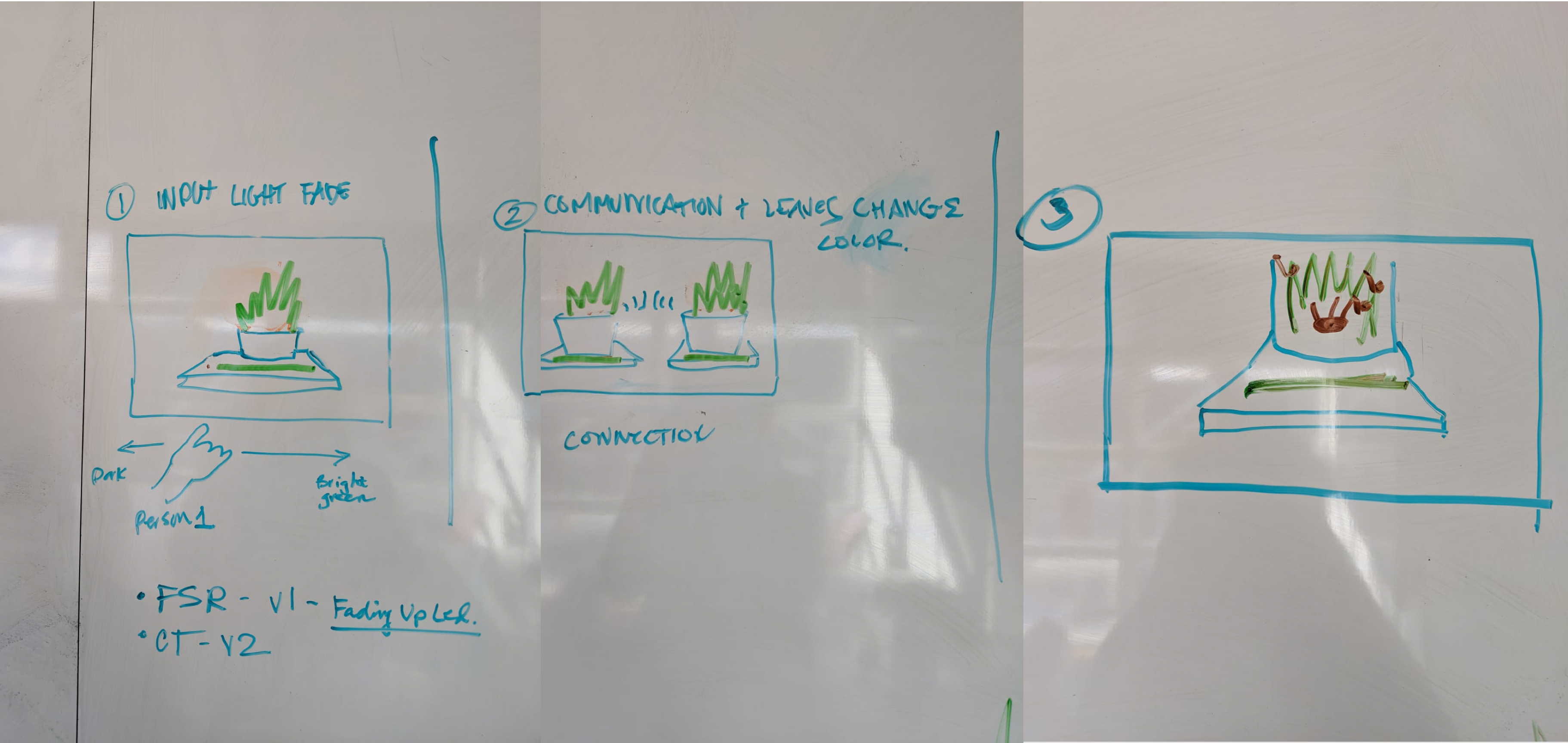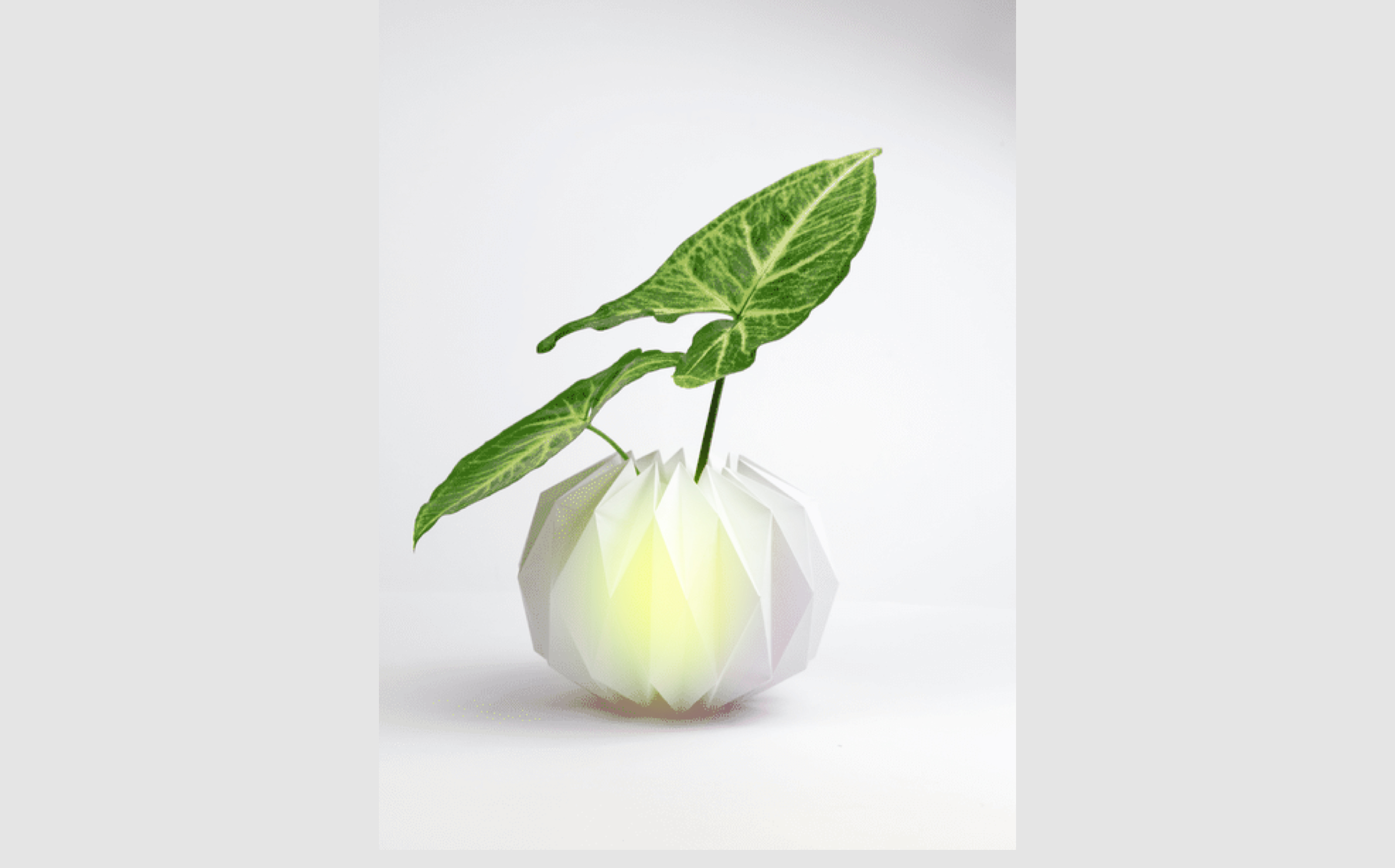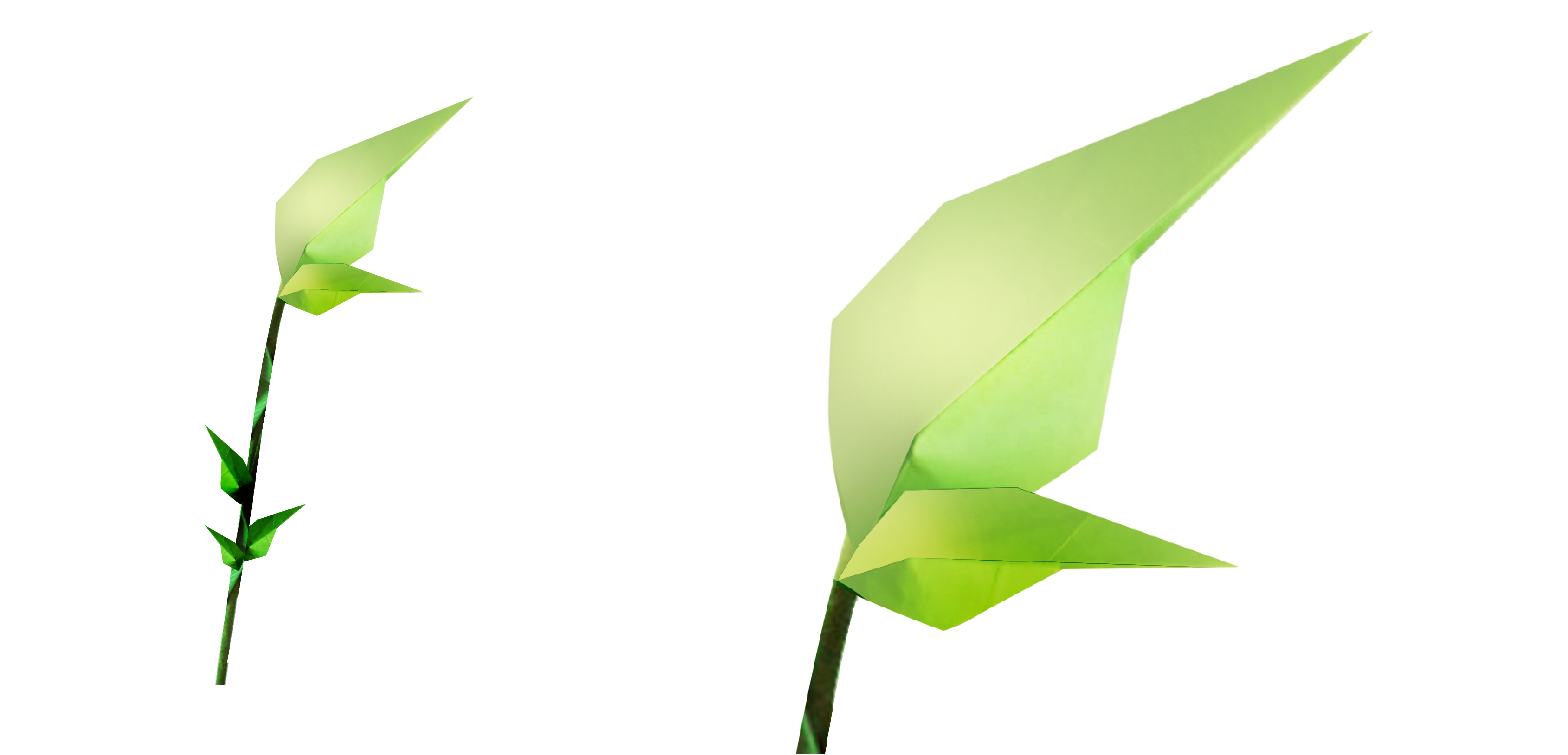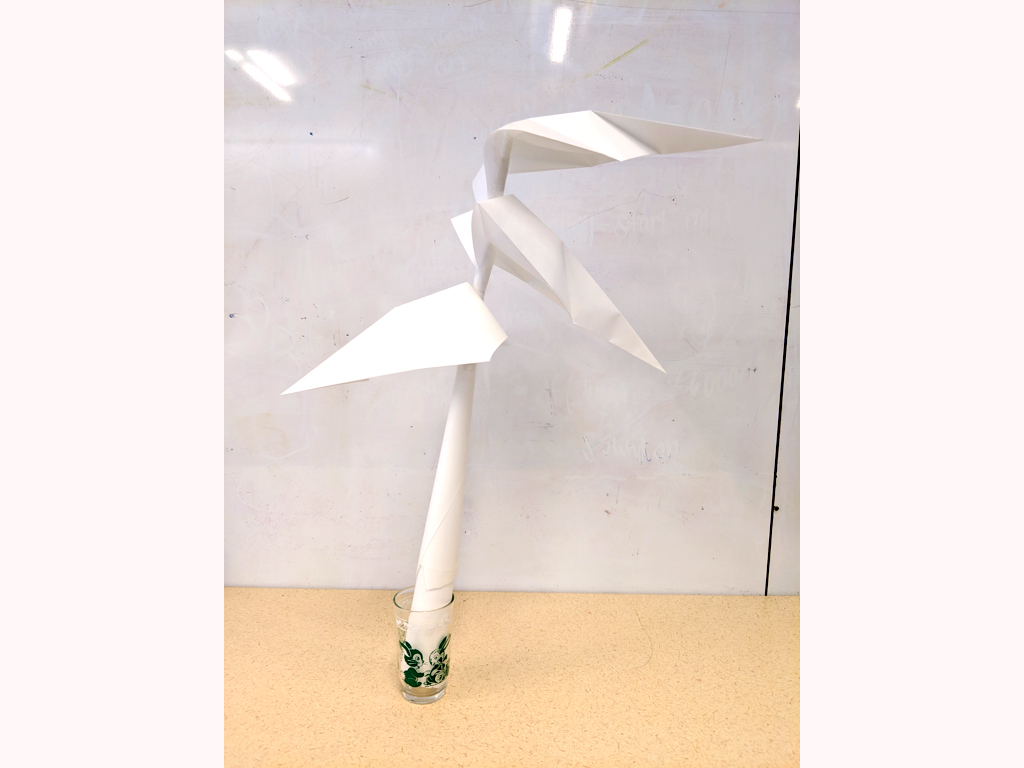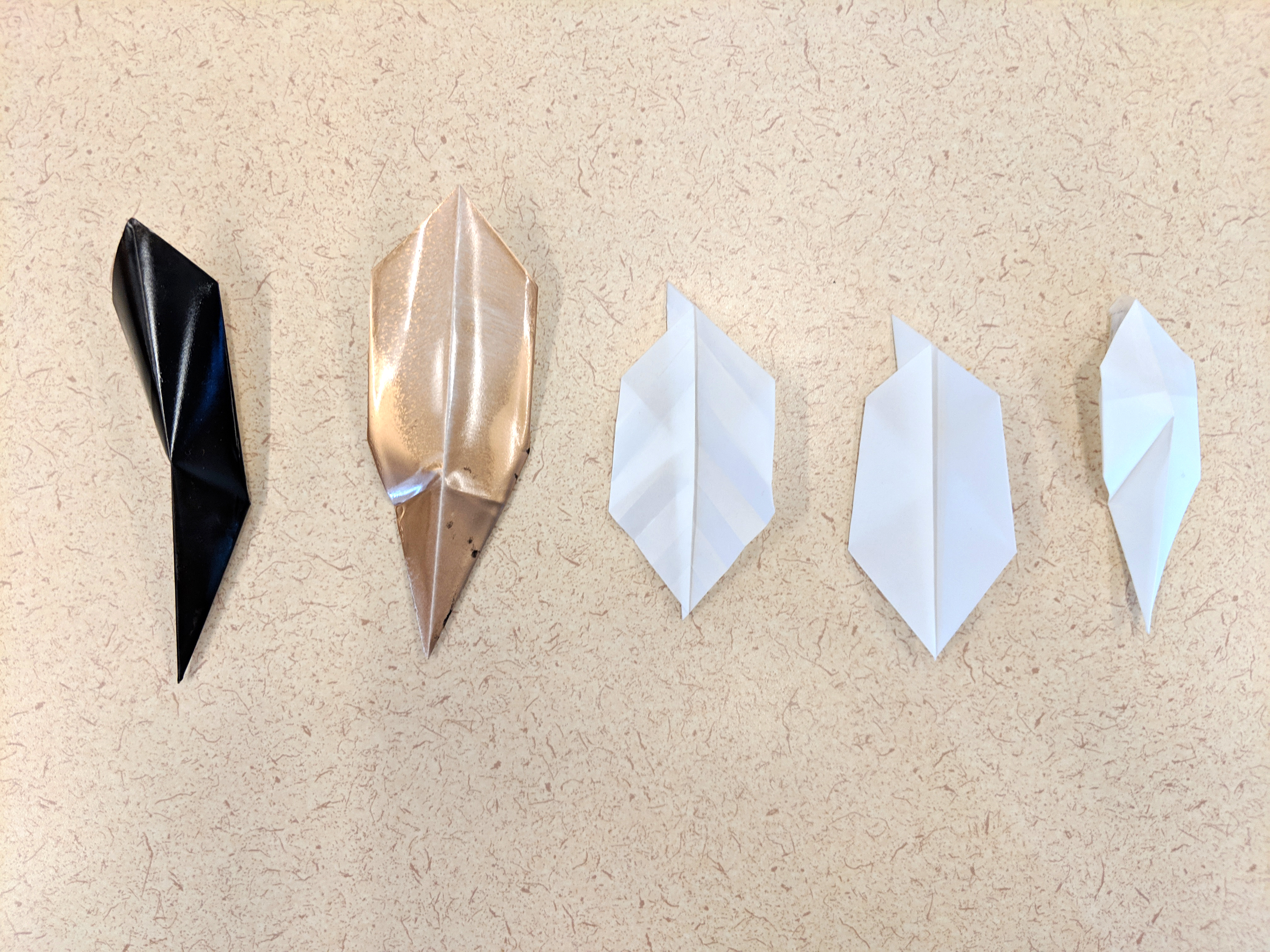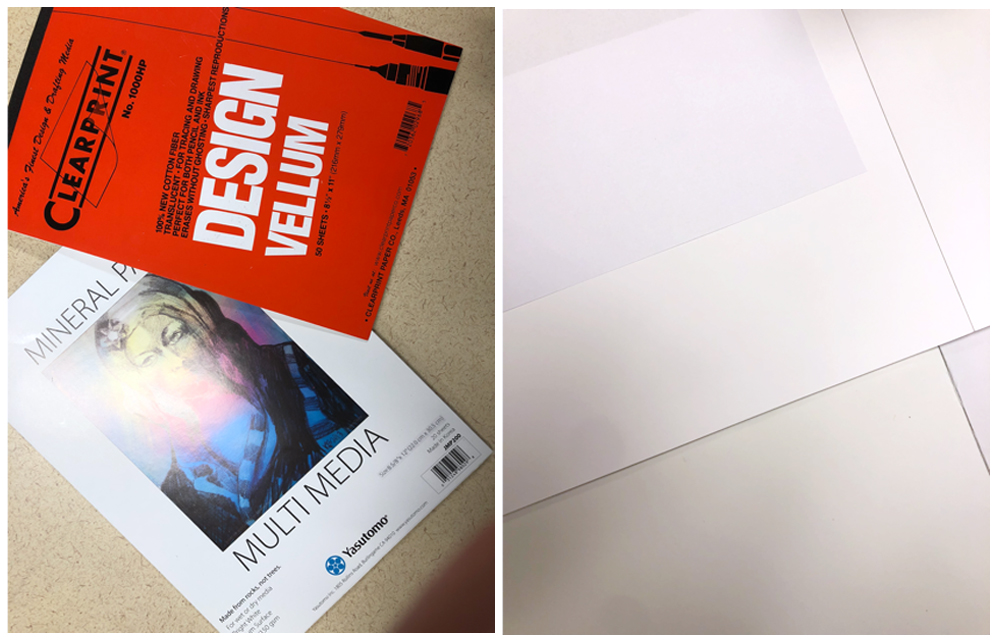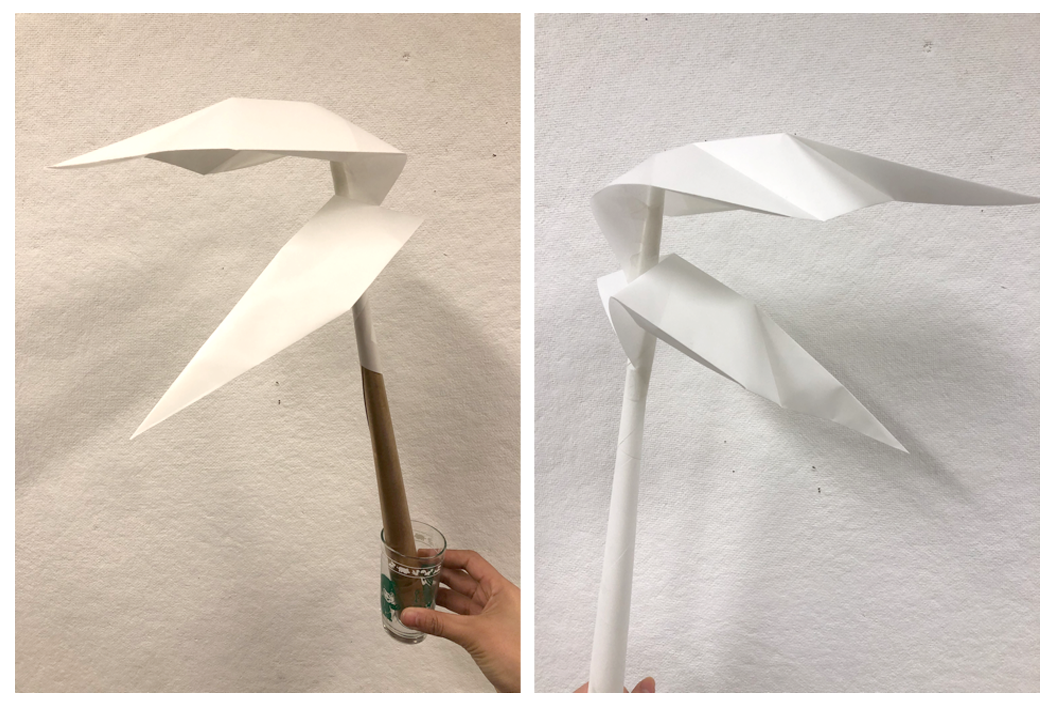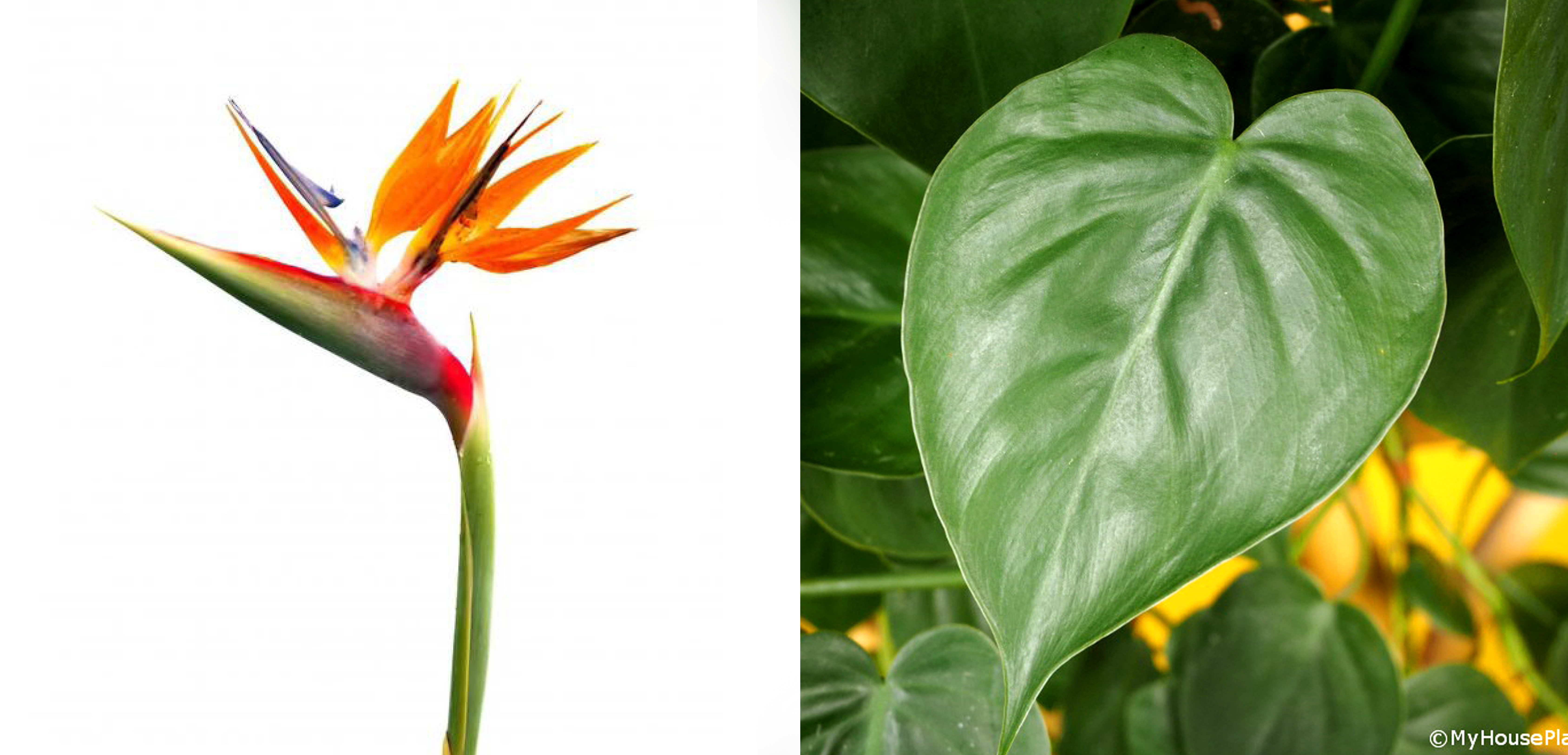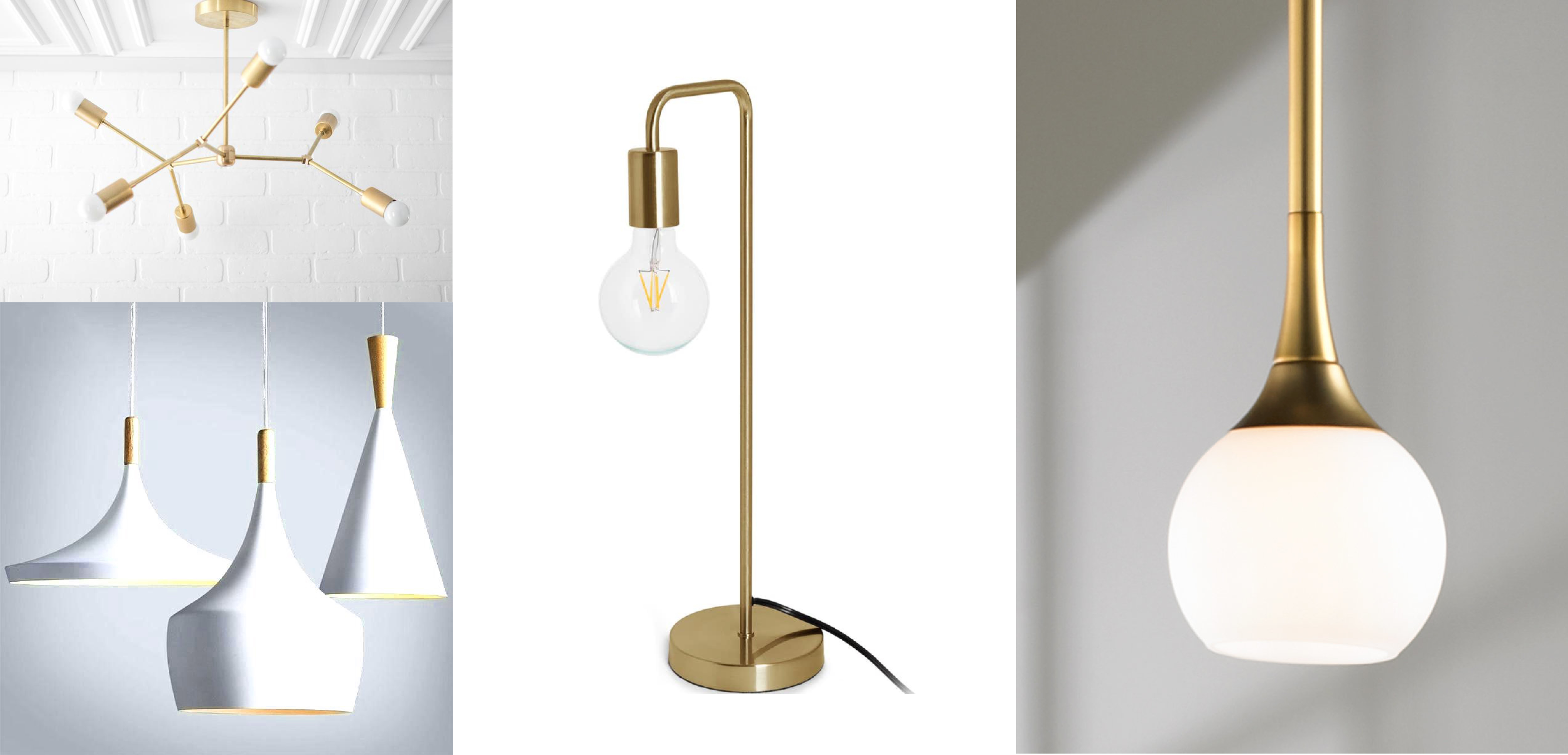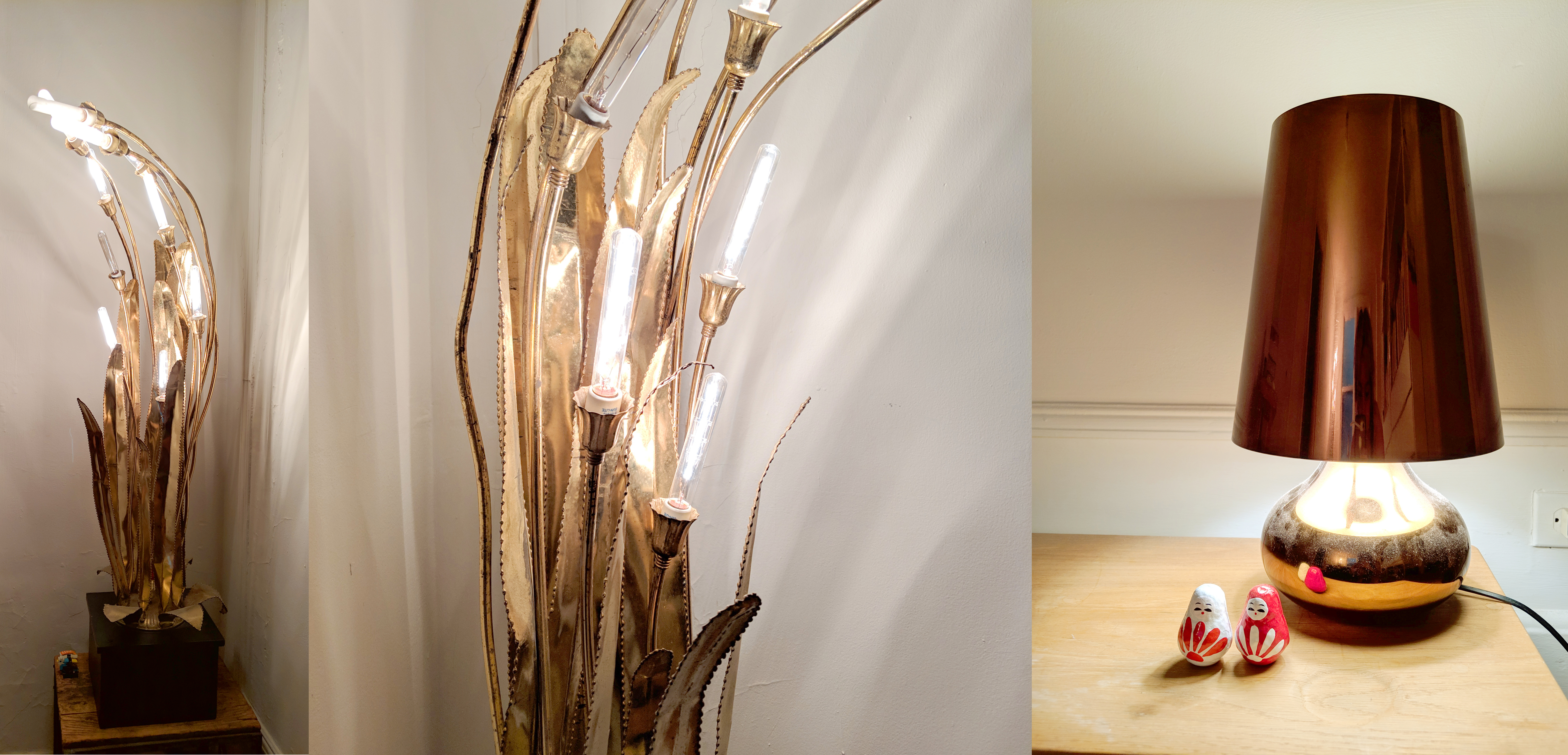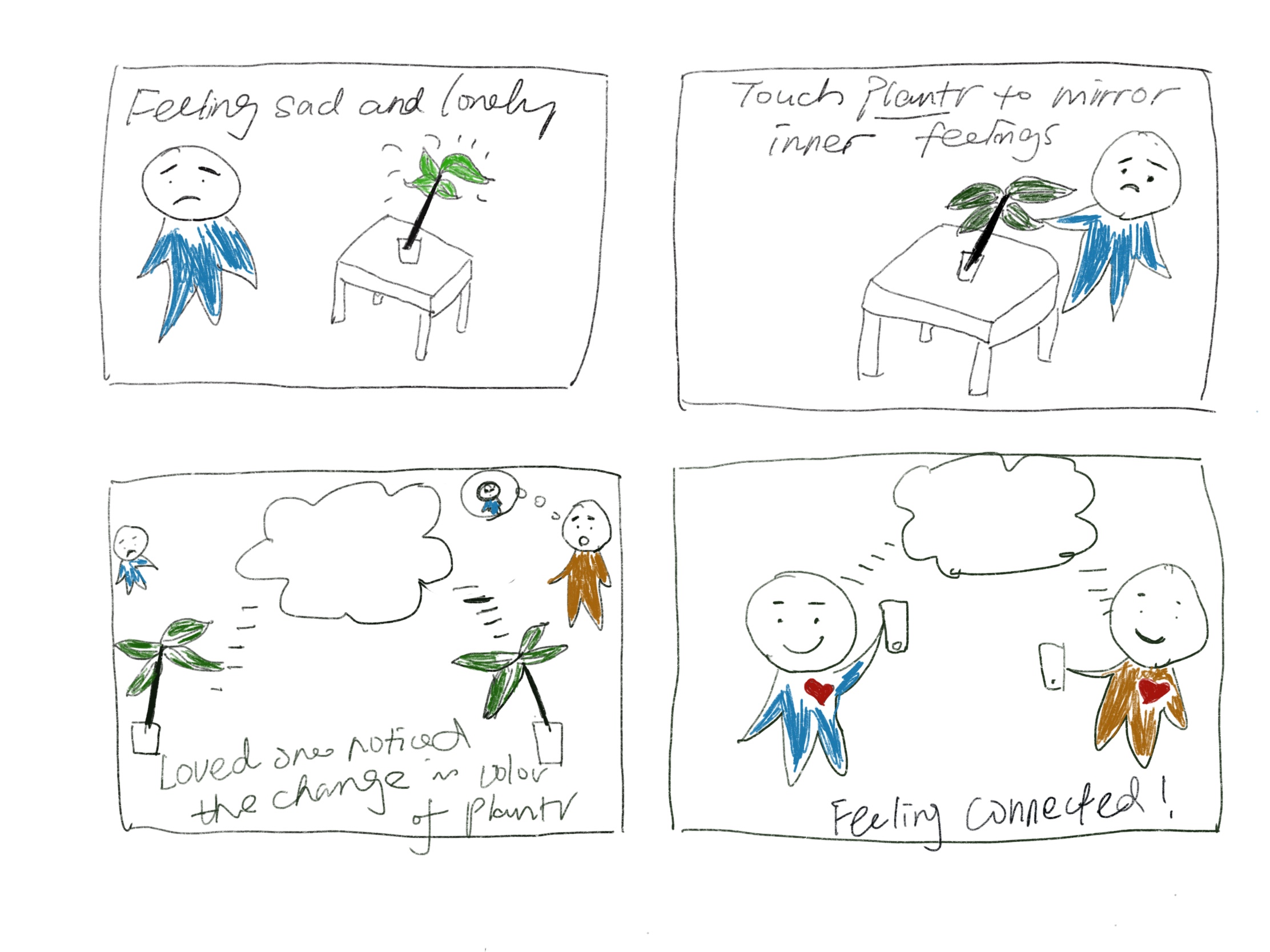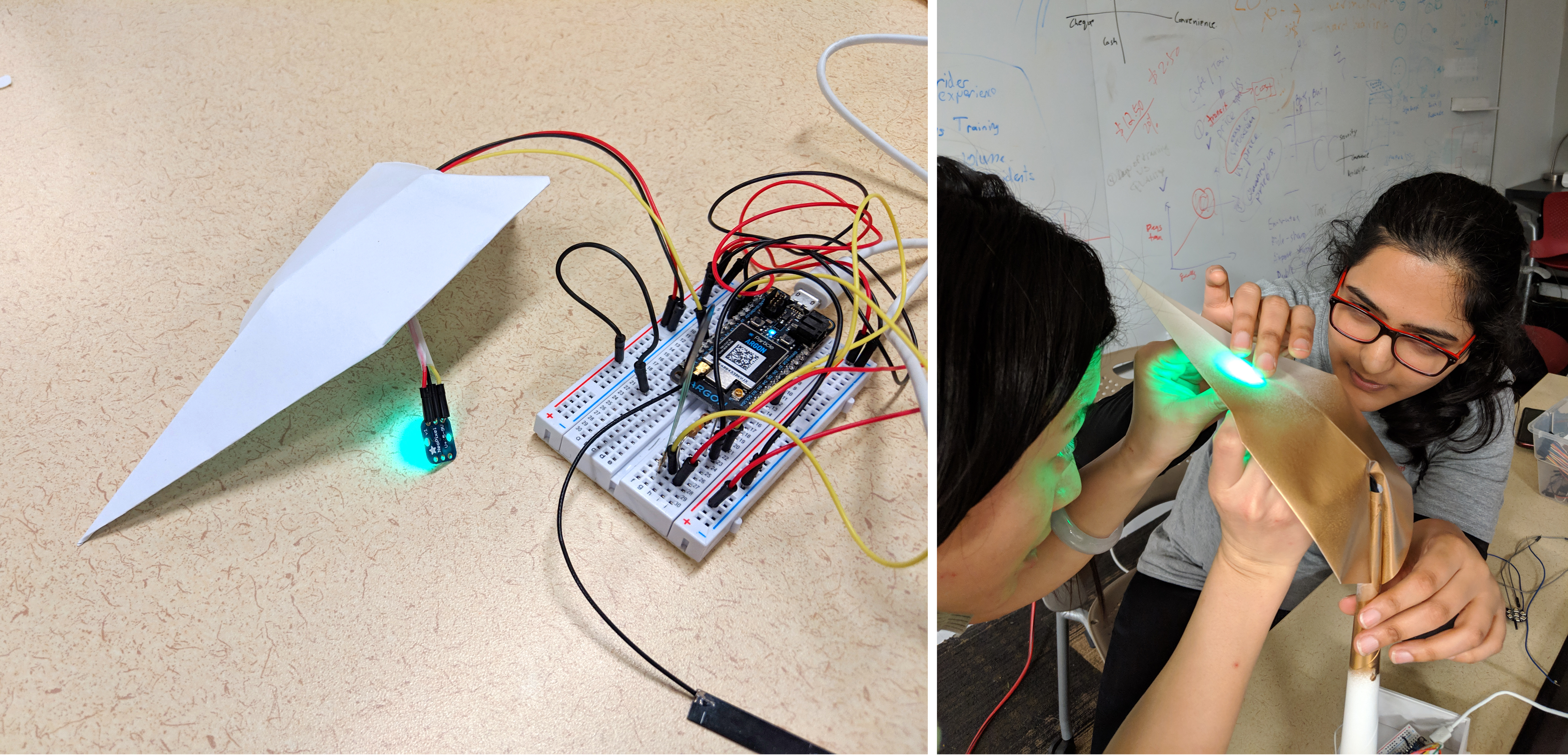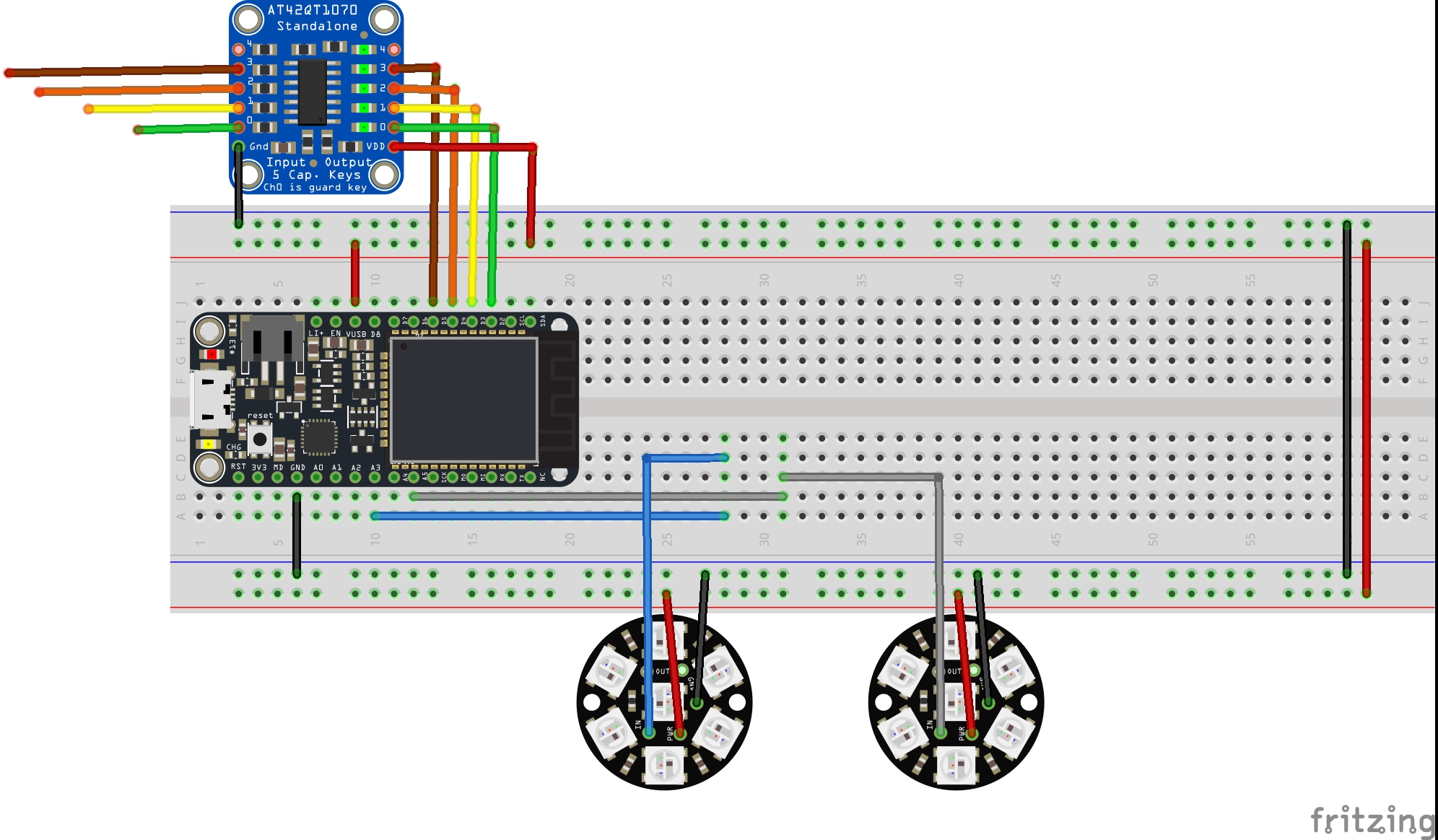Final Concept and Process
The final concept is a pair of plants that are placed on the desk or near a window of you and your loved one. Plantr is designed for intimate interactions. We decided to have two leaves on each stem to indicate the intensity of emotion. The LED (green) becomes brighter when the user naturally caresses the plant from the base of the leaf to the tip. If the user reverses the caress on the leaf, the light dims. If the user wishes to express a greater amount of emotion, they can touch another leaf.
Below are top of mind executional considerations:
HUMAN INTERACTIONS:
Time difference: We considered the time difference of long distance couples and decided to leave the light on in a certain time frame. The light returned to neutral position gradually in 24 hours.
Flexibility on the users' end to interact with Plantr: We considered different scenarios when the users on the receiving end see the color changes. What if they want to input colors as well? Does that create confusion? Should we design for a 5 minute delay before the other end can interact with the plant? The final decision was to 'minimize' design and let users decide what they want to do with their preferred method of communication: call the other person immediately, engage with asynchronous sms in a few minutes, whatsapp a "hug" emoji hours later, etc.
PROTOTYPING CONSIDERATIONS:
Time, cost, and ability to reiterate: The decision to utilize a bright white mineral vellum paper could be boiled down down to easy accessibility, ability to explore and iterate very quickly with the final materials, and refine based on our classmates' user feedback. We explored the height of the stem; number, size and texture of the paper leaves (e.g. veined vs flat); different paper stocks with tones of white; as well as color variations (gold, white, black, and a variety of gradients).
TECHNICAL CONSIDERATIONS:
We had to work under the constraints of available components and feasible technology. Our initial prototype was with a Force Resistive Sensor, while we wanted a much more seamless interaction. We tried working with Velostat, to have a natural appeal of a cloth, but were unable to get stable readings and then finally settled upon a 5-Pad Capacitive touch sensor, with their conductive wires attached under the leaves. There were two conductive wires, each on the other half of the leaf to detect a sad or a happy emotion. This capacitive touch sensor was interfaced with Particle, to brighten the plant we used 7- Jewel RGBW neopixel, one attached under every leaf to give it a bright green Colour.
